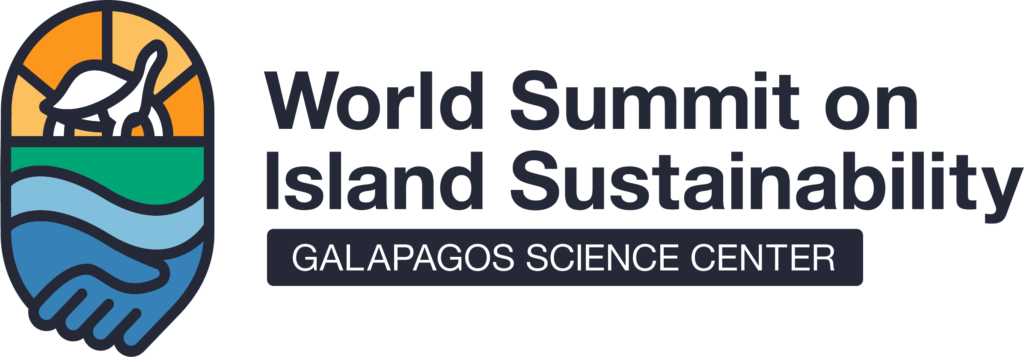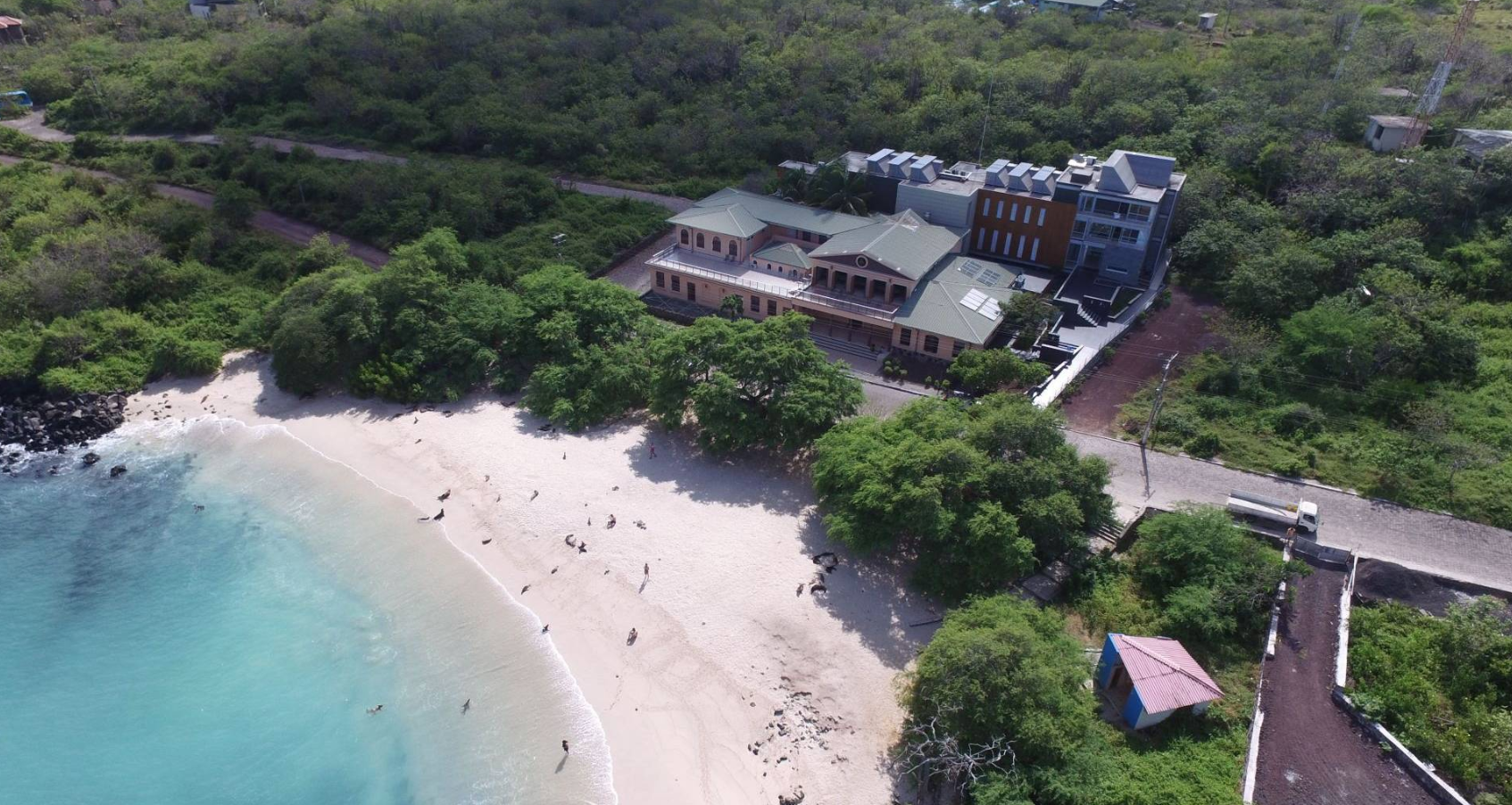Connecting the Community with Nature: A Galápagos conservation program celebrates the successful completion of its sixth phase
With the goal of raising environmental awareness and promoting the conservation of the archipelago’s natural resources, the Galapagos Science Center (GSC) and the Galapagos Conservation Trust have been running the “Connecting with Nature Program” (CWNP) since 2019. This initiative has reached over 9,100 community members on San Cristóbal Island, through recreational and educational activities tailored to children, youth, and adults.


